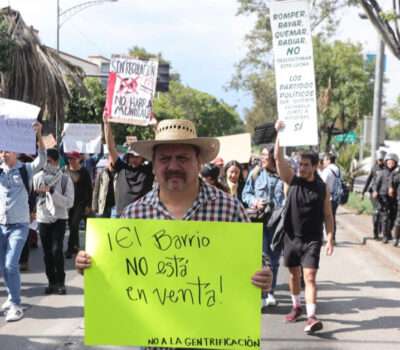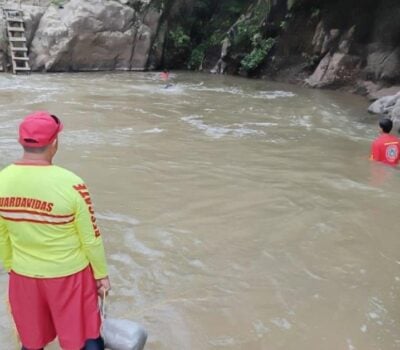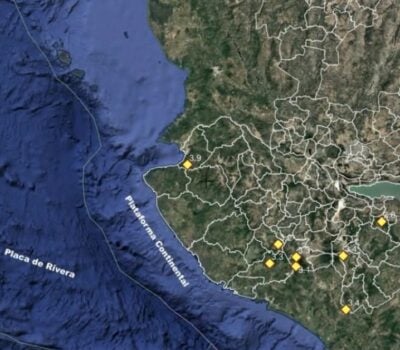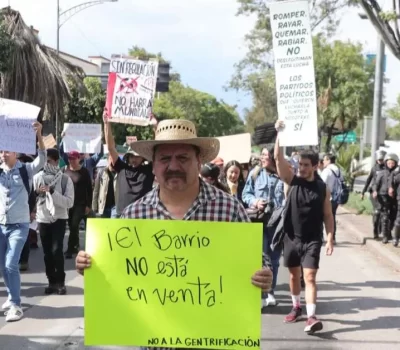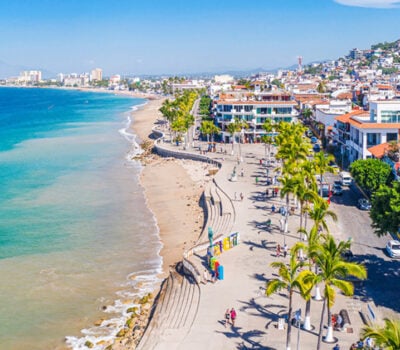The Baja California Sur Congress approved a beach protection reform to reduce pollution and safeguard beaches like Balandra, Cormuel and Saltito through Article 27 BIS and new measures.
The Baja California Sur Congress has given the green light to a landmark reform aimed at curbing beach pollution and preserving its world‑renowned coastlines for future generations. Sponsored by Representative Sergio Guluarte, the amendment strengthens the State Law of Ecological Balance and Environmental Protection by adding Article 27 BIS, which lays out a multi‑pronged strategy to raise awareness, bolster ecological culture, and enforce tougher penalties against those who harm the shoreline.

Beach protection reform introduces new measures
Under the newly approved Article 27 BIS, municipal governments will partner with the state to install secure, permanent trash containers near the most frequented beaches. This infrastructure upgrade ensures that waste is properly contained and prevents litter from washing into the sea.
Schools and civic associations will join government authorities in running ongoing conservation campaigns. “We must involve our youth and community groups in protecting these natural treasures,” said Guluarte. “Their participation will extend the reach of awareness efforts and foster a lasting culture of care.”
The reform also tightens sanctions for individuals whose actions endanger the coastline or the safety of beachgoers. Offenders may face higher fines or community service requirements focused on beach cleanup and environmental education.
Representative Guluarte pointed to iconic local beaches—Balandra, Cormuel and Saltito—as models of cleanliness. “These shores are rated platinum for their quality,” he said. “Places like Cabo and Loreto serve as our front door to tourists. We must protect our image and our calling card.”
Beyond litter control, the reform mandates enhanced civil protection measures on the coast. Emergency response teams will conduct regular aerial and ground patrols, prune overhanging vegetation, and inspect facilities to identify hazards. These steps aim to safeguard swimmers, wildlife and nesting turtles against both environmental threats and human negligence.
“Protecting bathers, wildlife and turtles goes hand in hand with beach safety,” Guluarte explained. “We’ll impose strict actions on anyone who flagrantly violates beach‑care rules. It’s time to show that our environment and our public spaces are non‑negotiable.”
Local governments have six months to roll out the new container network and conservation programs. Observers expect the reform to reduce pollution rates measurably within a year. If successful, Baja California Sur could serve as a blueprint for coastal protection across Mexico.
Environmental groups have broadly welcomed the changes but stress the need for vigilant enforcement. “Legislation is only as good as its implementation,” noted Marina Ruiz of the Sea Guardians Association. “We’ll be watching to ensure these promises become real improvements on the sand.”
With tourism a pillar of the state’s economy, stakeholders agree that cleaner beaches will boost visitor confidence and support local businesses. As the reform takes effect, residents and officials alike hope that a shared sense of responsibility will keep Baja California Sur’s beaches among the world’s best.
Baja California Sur, environmental law, beach pollution, sustainable tourism



